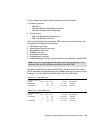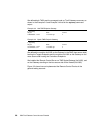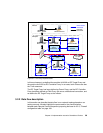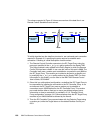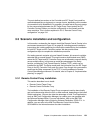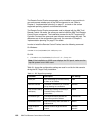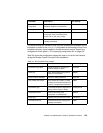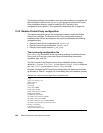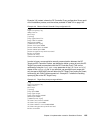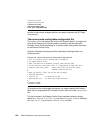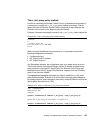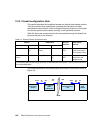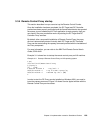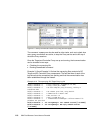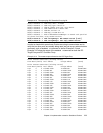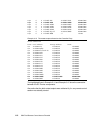
Chapter 3. Implementation scenario: Standalone Proxies 105
Example 3-6, instead, shows the RC Controller Proxy configuration file as result
of the installation process, and the values provided in Table 3-2 on page 103.
Example 3-6 Remote Control Controller Proxy configuration file
[log]
log-file=rcproxy.log
debug-level=4
max-size=1
[rcproxy]
proxy-type=Controller
proxy-label=tic01005
cmdline-port=9999
[communication-layer]
parent-local-port=30008
parent-remote-host=tic01002
parent-remote-port=2888
parent-cm-type=cm-tcp-unidirectional
buffer-size=1024
[parent-cm-info]
connection-mode=server
In order to have a more restrictive security communication between the RC
Target and RC Controller Proxies, we decided to define a range of ports the RC
Target Proxy could communicate with the RC Controller Proxy. This can be
achieved by using the local-port-range parameter in the [children-cm-info]
clause of the rcproxy.cfg file. In our scenario, we specified a port range with
only two ports (4000-4001) that will allow this RC Target Proxy, acting as Parent,
to have only two Child Proxies connect to it. Example 3-7 shows the resulting
rcproxy.cfg file on the RC Target Proxy:
Example 3-7 Target Proxy local-port-rage definition
[log]
log-file=rcproxy.log
debug-level=3
max-size=1
[rcproxy]
proxy-port=8888
proxy-type=Target
proxy-interface=tic01002
cmdline-port=9000
[communication-layer]
children-local-host=tic01002
children-local-port=2888
children-remote-list=tic01005+30008
children-cm-type=cm-tcp-unidirectional
buffer-size=1024



